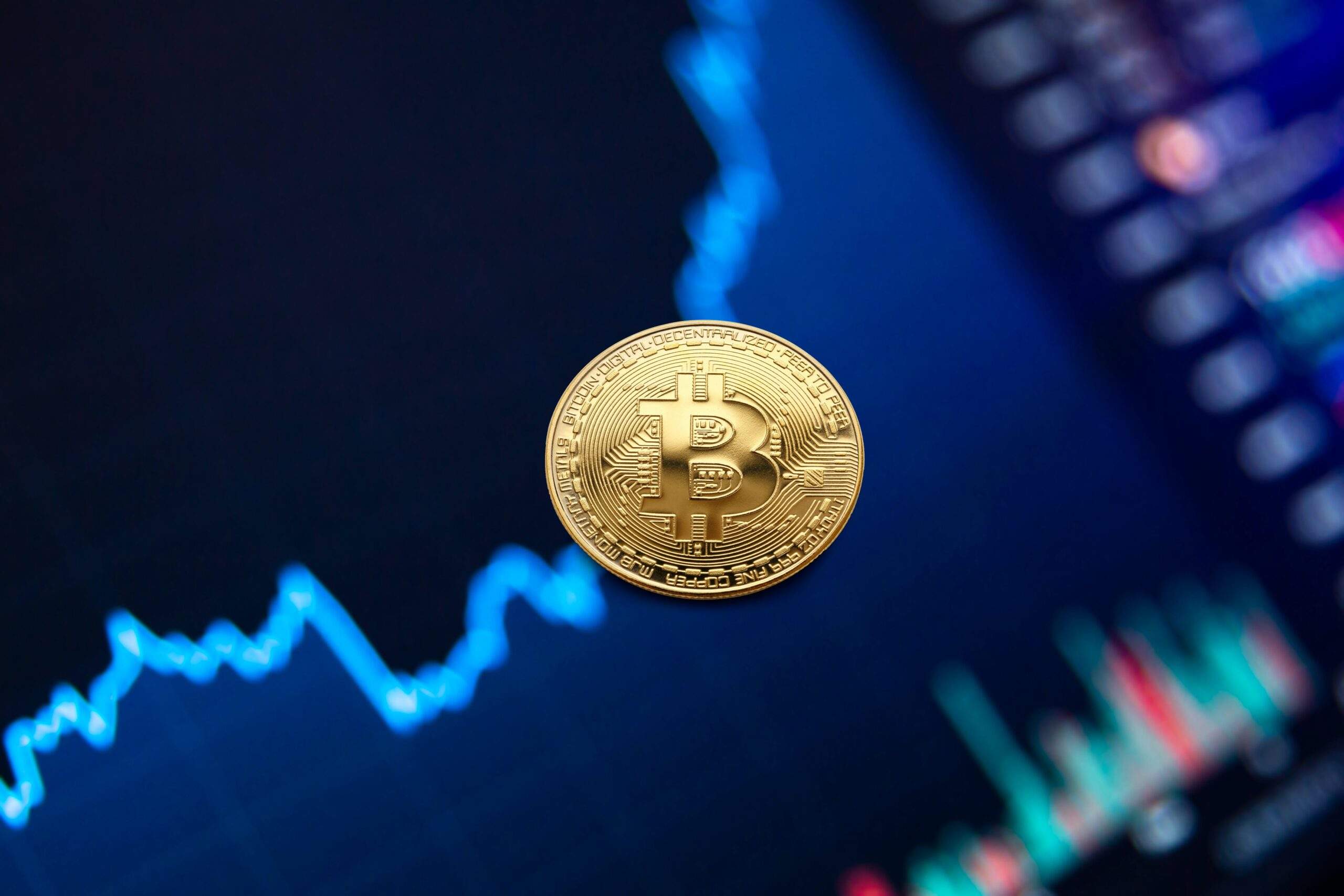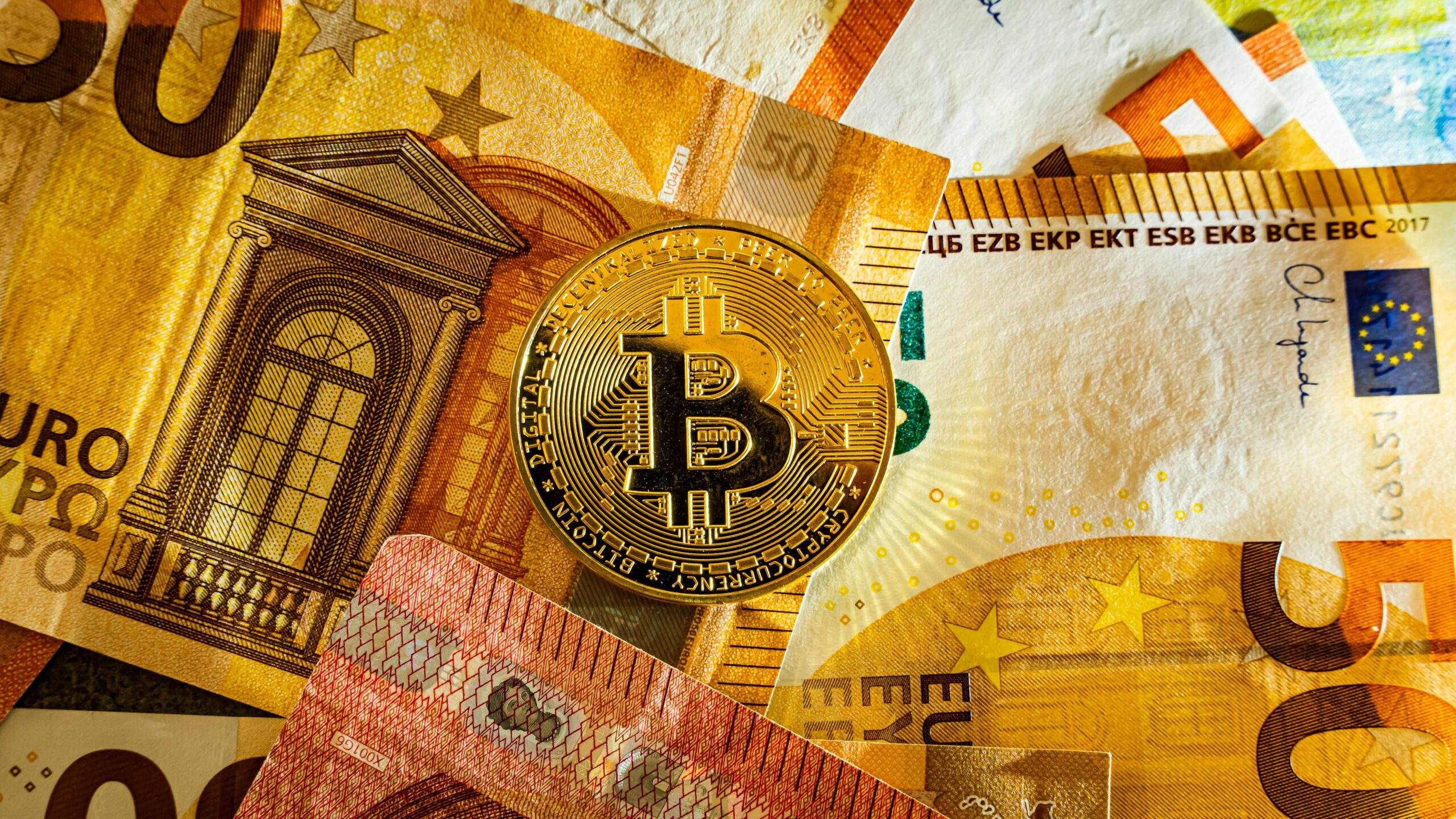The evolution of a giraffe’s heart is one of nature’s marvels. What kind of pump can push blood up to virtually the first floor, and why would anyone put in the effort to do that?
Declaimer: This article written was originally in October 2012, and some of the data points may be outdated.
Think about it….a giraffe did not suddenly crane its neck and grow it, to eat leaves that others could not reach. He first developed a heart with a unique pumping action, a thickness of his ventricles that was not available to other species…..and then he became a giraffe.
So how did evolution progress
So how did evolution progress? ‘Natural selection’ and ‘survival of the fittest’, said Darwin, although that has been vastly improved upon. ONLY ‘giraffe’ babies whose heart muscles crossed the ‘threshold strength’ needed to pump blood up to the first floor, made it as giraffes. The rest died or became something else.
The process of ‘natural selection’ entails ‘being the fittest’. This initial hypothesis was improved later by suggesting that ADAPTABILITY to changing environments was how you decided “fittest”. “Not the strongest, nor the biggest, nor the most intelligent will survive. It is the most adaptable that is the most survivable”.
So to get back to how giraffes became what they were. As a species, they have survived because they could live through bad times, because of their size and ability to reach up to the top of trees (where they got the most nutritious leaves off the top of the tree). The individual genetic strains that have survived among today’s giraffes have done so because only those with especially strong hearts, and vertebrae have survived. So it wasn’t that giraffes have strong hearts/ vertebrae, it was that if they DID NOT have them, they would not be giraffes.
So cut to (Indian) auto companies. It isn’t that Indian auto companies are going global. It is that if they weren’t going global, they would not be surviving as Indian auto companies (or as any other auto company).
A huge amount of Evolutionary Biology finds an echo in how business evolves (and therefore markets). Markets are themselves a historical process, which is often subject to the rules of Evolution.
The concept of the selfish gene goes like this: whatever you do in nature (i.e. mutate), if it does not result in an incremental ability to procreate, it is lost to evolution. So all relevant mutation in nature only creates more copies of your genes. In human terms, it does not matter if you are a super-rich Hedge Fund guy, who is very ‘survivable’ in actuality but lives a bachelor’s life, has sex for leisure and not for procreation, and ‘does not produce any children’.
Far better than the Hedge Fund guy in the US, is the Indian poor, who may have little money (or brains), but at least has ‘replicated his genes’ with 5 surviving children, who will somehow struggle through to the next generation, reach the (economic status of) middle class and grow into a family of 250 nos.
Meaning of Selfish gene
This is what happens in markets. It is the simple, easily communicable thought that takes over the market because it has a ‘selfish gene’. The ‘superior’ thought, even though eventually proved correct, is lost in the babble of voices. Its ‘selfish gene’ is too weak, because the train of thought is not picked up by enough people.
My column is a good example of this. My thoughts are seldom replicated in the mainstream media, for the simple reason that they are difficult to communicate. It is the simple black headline in the mainstream media that carries the day, for now.
But, as in nature, the role of behavior in surviving adversity remains. Individuals in a species do better based on behavior, but if they don’t use it (i.e. survivability) to procreate, they do not win the war of evolution (although they might win the battle). So you might be Bill Gates, but if you don’t use your superiority to have lots of children, your genes aren’t doing very well.
Thoughts/ beliefs/opinions/ emotions are the equivalent of genes, as far as markets are concerned. In the same way that nature propagates the ‘selfish gene’, markets propagate the ‘consensus’. As these evolve, the media takes up the chorus and gives it one last shout. When everybody believes something, ‘the hypothesis is in the price’. Right now, the belief that Bharti is not doing well, and will not do well, is the ‘consensus’. Now all things (i..e fundamentals) remaining the same, it would mean that Bharti will outperform the path it would have taken if such a belief had NOT taken hold…..if you study the entire bear market movement since Nov 2010, you will find that you would have done well with Bharti, and been in the money through the bear market. This is DESPITE the ‘consensus’ that Bharti is not doing well. To repeat, the facts on the ground create a perception, but as the perception gains ground, it gets factored into the price. Each new person who ‘discovers the fact’ treats it as ‘news’, hence requiring incremental price action; this is how ‘the consensus’ is accelerated by a ‘feedback loop’, thereby creating an over-discounting of the same piece of information.
This whole pattern is no different from how locusts multiply, and then die out as suddenly as they came. The availability of food accelerates reproduction, creating a paucity of food, which then sets off another feedback loop.
How to create a new sub-species
A species is nothing but a ‘pool of genes’, which perpetuates itself through the ‘selfish gene’, very much the same way that perfectly competitive markets evolve. Thereafter, each mutation can be seen as an attempt to ‘create a new sub-species; if the mutation becomes common, it creates a new sub-specie, and maybe even takes the entire specie. Like how humans became different from apes by standing up on two legs. In the same manner, every new, individual behavior in a perfectly competitive market (like prudence, a focus on reducing debt in a market where everyone is overborrowed) tries to create a new sub-specie. Sometimes, this sub-specie will dominate the specie itself, and the entire specie will morph into a new species. The jute industry is today made up of small, stagnant companies that have little debt and no growth plans. This is the sub-specie that has survived after the industry reduced itself from 65 companies to the handful that survives today. A mutant behavior pattern has determined the basis of survival of what remains of the industry today.
In the same manner, thought processes (or ‘consensus’) undergo similar changes. Sometimes, it takes over popular consciousness and becomes dominant, and sometimes, it dies a premature death. Every good thought does not take over the crowd (in fact, many do not), and every bad/ wrong thought does not die. This creates the same chaos in markets, which we see generally in nature. The poor, Indian villager who produces 5 children is likely to leave behind more copies of his genes than say, Steve Jobs. Despite his money and Apple’s success, the world will not have more calligraphers building mobile phones, it will have less….so much for ‘survival of the fittest’.
The way to decide which ‘consensus’ will take over the species, is, therefore, not to look at ‘survival of the fittest (or truest, as the case may be)’. Wisdom does not win in markets, just as it does not win in life. Yes, wisdom helps, but it is not the sole reason why a certain thought process takes off. Just keeping this in mind will help you pull out those thought processes that are never going to make it to consensus.
One obvious place where my column has failed is in creating awareness and fear about the coming water crisis. I will be ignored, till one major drought will suddenly bring this to the center of our consciousness. The fittest (who have prepared for this) will survive, and the rest will die…







